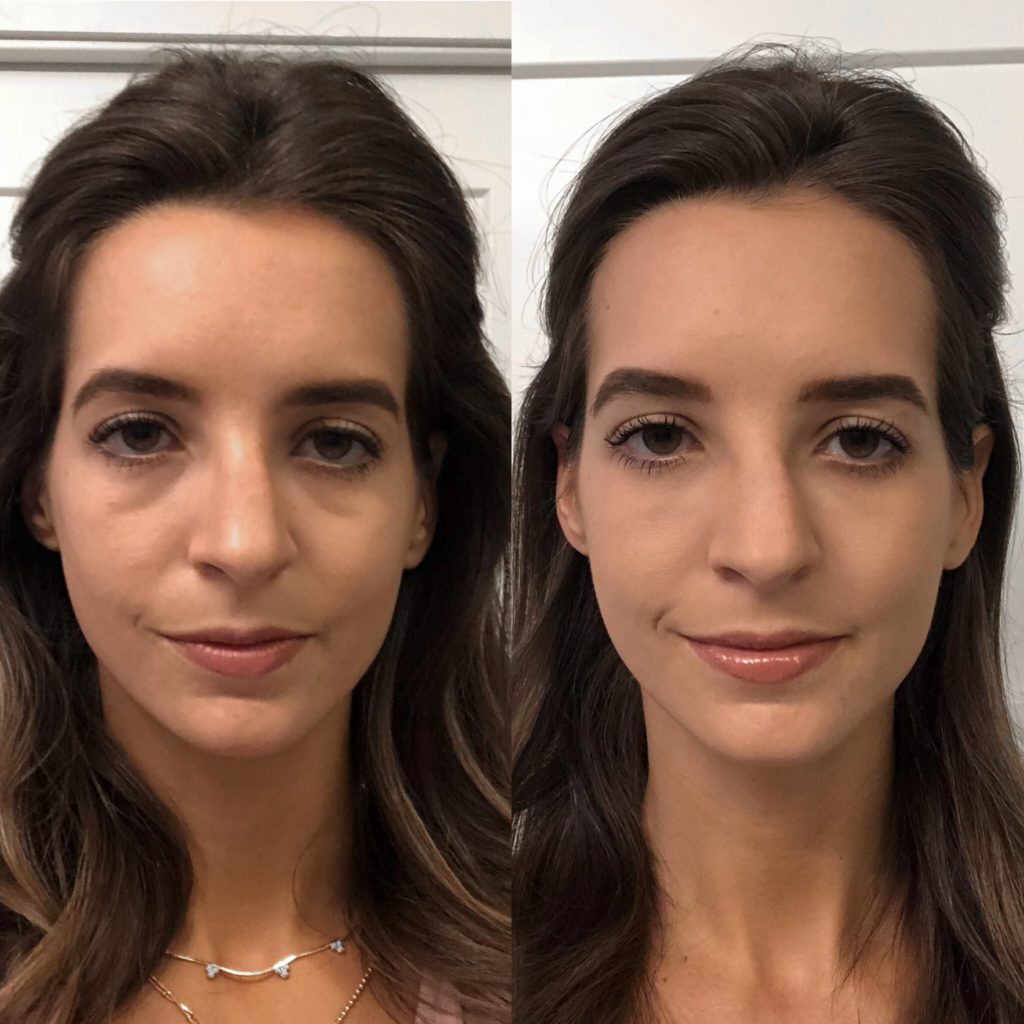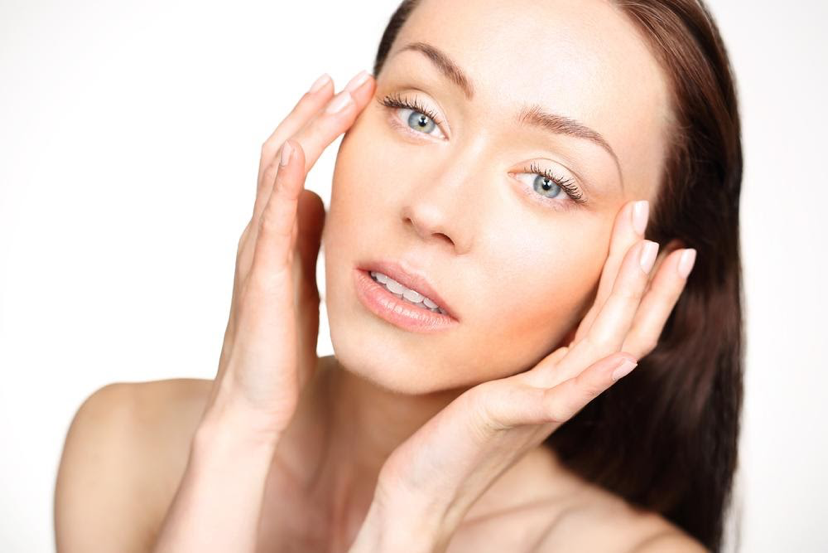
In the case of under-eye fillers, the filler being injected too close to the skin’s surface can cause the area to have a light bluish hue (as well as swelling) under the eyes because of the way the light scatters. If your fillers aren’t placed properly, you can experience what’s called the Tyndall effect, which describes the way light scatters under certain conditions.

Both of those issues should resolve within a week.īut can the procedure ever backfire? As in, can fillers make under-eyes worse? The answer is, unfortunately, yes. The other most common side effect is swelling, Dr.
#Before and after under eye filler skin#
That thin skin makes this area especially prone to bruising, one of the most common side effects of fillers for eyes. What can under-eye fillers treat? | What’s the difference between fillers and Botox? | Is it safe to use fillers under your eyes? | What can you expect from the treatment? | How do you prepare for under-eye filler? | What can you expect after the treatment? | Is it safe to use fillers under your eyes? | What else should you know? | Can you treat sunken eyes without fillers?įirst, know that the area under your eyes is incredibly delicate and full of blood vessels, Dr. That’s why we asked a few top dermatologists what you should know ahead of making an appointment-the expert advice below can help you decide whether or not under-eye fillers (or just a better eye cream) are the right move for you.


However, before you start googling dermatologists, it’s important to know how safe it is to get filler under your eyes, and what you can really expect before, during, and after getting under-eye fillers. Under-eye filler, or any dermal (skin) filler, may seem like a drastic choice, but the truth is that it may be one of the few things that can actually change the appearance of your under-eye area for real, depending on what’s causing your dark circles.


 0 kommentar(er)
0 kommentar(er)
